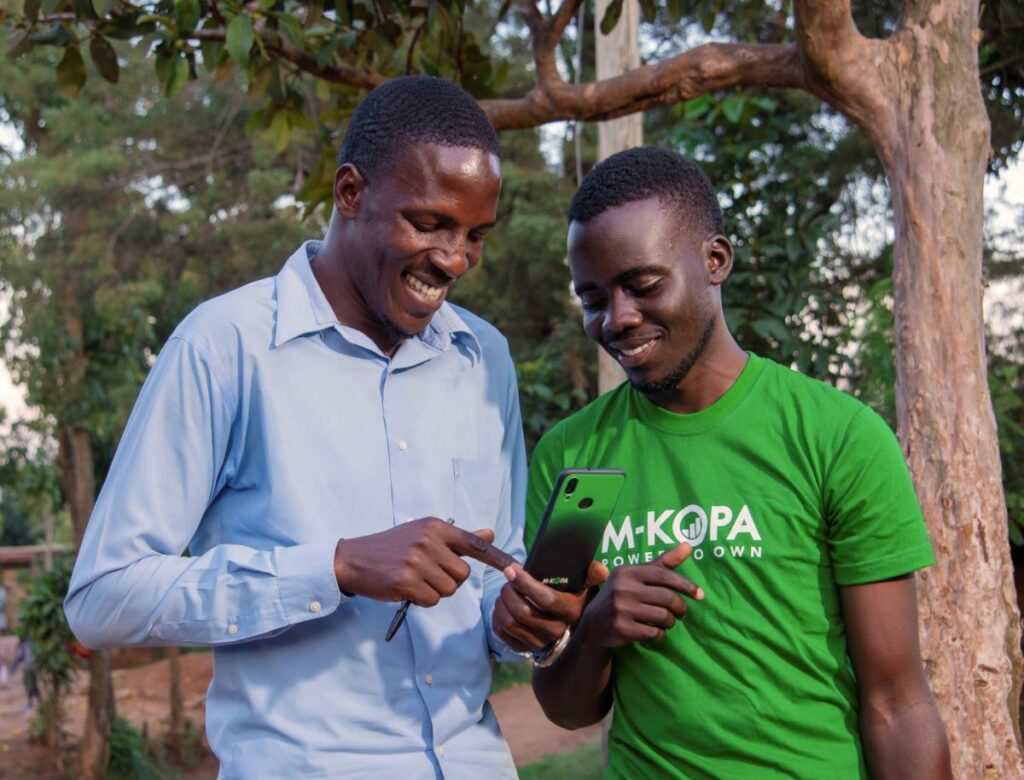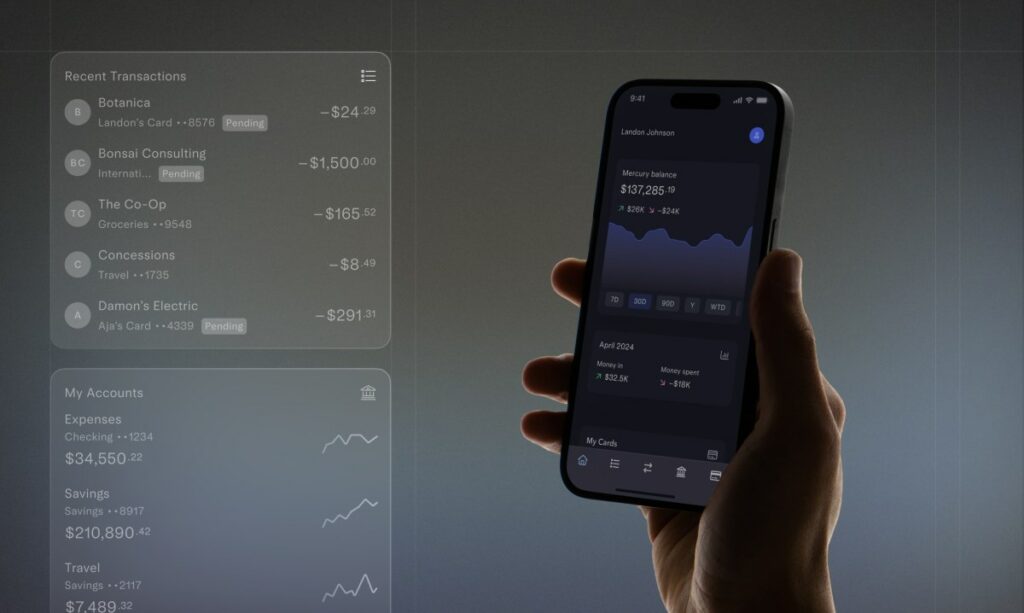An African fintech that has grown on the strength of a 30,000-strong team of direct salespeople is moving into profit country by sub-Saharan country. Now, M-KOPA, the pay-as-you-go asset financing platform serving 5 million underbanked Africans, is racing toward a major milestone: surpassing an annual revenue rate of $400 million by year-end.
The London-headquartered fintech ended last year with 4 million customers and $248 million in ARR, making this jump particularly notable given the harsh economic backdrop. With currencies plummeting against the dollar and consumer purchasing power squeezed by inflation, maintaining dollarized growth in African markets has been an uphill battle. Yet, M-KOPA has not only weathered these conditions — it’s thriving.
The 13-year-old company offers smartphones and other “productive assets” through flexible digital micropayments, where users pay daily based on the whole cost of the item divided up by 365 days. It claims to have hit profitability since last year across four countries: Kenya, Uganda, Nigeria, and Ghana. South Africa, where it opened around a year ago, is its fastest-growing market, chief commercial officer (CCO) Mayur Patel told TechCrunch in an interview.
M-KOPA’s growth comes with a caveat. Default rates, it said, are around 10% — slightly lower than regional bank averages but higher than U.S. consumer loan benchmarks. That raises questions about long-term sustainability. However, after a decade in Africa’s expanding credit market, fintech believes it has shown how it will profit from those rates.
“Our loss rates have been remarkably stable over the last 4 years as the company has rapidly scaled, regardless of changes in the macro environment. This is a testament to the fact that financed phones are a productive asset in people’s lives, and a key part of how every day earners generate their income and participate in the digital economy,” the company said in a statement.
From Africa’s financial inclusion point of view and narrative, though, M-KOPA’s metrics are noteworthy. They prove that startups can build profitable models while catering to the 90% of adults across Africa’s emerging markets who earn daily incomes rather than regular salaries.
Patel said M-KOPA’s revenue growth and profitability are down to several factors. These include improved pricing, expansion into higher-value markets with stronger local currencies, such as South Africa, and reaching more underbanked individuals (1 million added in the last six months).
The company has also seen success through customers consistently meeting payment plans (~12 repayments per second) and upselling or cross-selling higher-value products, such as microloans, electric bikes, data bundles, and health insurance, based on consumer repayments. Companies, including MAX and Tugende, provide similar services.
“We’re proud of the kind of continuity of the business. The first million customers we acquired was done in eight years. The fifth million we’ve just onboarded came in just over six months. So, the business is now on a very strong scale-up trajectory,” the CCO remarked.
Meanwhile, the acceleration in user growth is fueled by the fintech’s optimization of its sales and distribution network. Patel claims M-KOPA now runs the largest direct sales force in Sub-Saharan Africa, with over 30,000 active agents who go door-to-door, selling financed phones in their local communities, providing access to products that people might otherwise struggle to reach.
Just four years ago, its sales force was only 3,000 strong. These agents are central to the company’s business model: they not only sell and distribute the devices, but they set up the payment schemes on those devices, taking the initial deposit for the product in the process.
M-KOPA’s extensive agent network and its recent venture into smartphone assembly have significantly boosted its smartphone sales in recent years. Since the launch of its Nairobi-based assembly plant—which it touts as the largest in sub-Saharan Africa— mid-last year, the company has sold over 1.5 million of its M-KOPA X-Series branded smartphones, which customers use to access other embedded digital services provided via third-party providers.
It started with a sunbeam
M-KOPA did not get its start with smartphones, however. Initially, it made a name for itself with solar power systems, a vertical that achieved over one million units sold as of last year. More recently, Patel said, it phased out this product line to focus on electric vehicles and use its operational know-how to establish its smartphone assembly operations.
“Solar remains ingrained in our DNA and is partly why we could we venture into local smartphone assembly — which is an unusual thing for a lot of fintechs to do as our experience in refurbishing solar-powered TVs and similar products provided the operational expertise to establish our assembly plant,” said Patel. “And while we have phased out the solar lighting segment of our business, we are channeling our efforts into electric vehicles, which we think is highly promising.”
In sub-Saharan Africa, where 85% of the population earns less than $10 per day, limited financial profiles and borrowing histories, plus lack of collateral, make accessing credit nearly impossible, leaving many unable to make essential purchases. M-KOPA’s daily payment model allows customers to build credit histories over time.
Smartphone customers pay between $25 and $30 upfront and around 50 to 60 cents daily over 12 months. The pitch for higher-value products, meanwhile, is in terms of overall economic impact on the buyer. M-KOPA claims its customers save about 30% of their income daily when they purchase its electric bikes.
M-KOPA’s financing model underscores its role in expanding Africa’s credit market, as does the cumulative credit it has deployed: $1.5 billion.
Backed by Sumitomo, Standard Bank, and various development financial institutions, M-KOPA raised $250 million last year, including roughly $200 million in debt financing. Earlier this year, it secured an additional $15 million in debt. While it remains uncertain whether the company plans to raise an equity round — one that could potentially push it into unicorn territory — its $400 million run rate places it among the largest fintechs in Africa by revenue.
“Part of our history over that 10-year revolution is a company that’s trying to find ways to better serve customers, to squeeze out additional costs and provide value. The other kind of broader story is about emerging markets and everyday earners where successful companies in our markets are those who’ve really figured out how you play a sophisticated game, both through an incredible online world-class technology stack but also with amazing offline distribution and capabilities,” Patel remarked.


